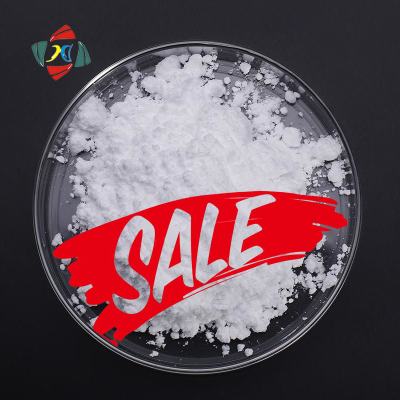-
Categories
-
Pharmaceutical Intermediates
-
Active Pharmaceutical Ingredients
-
Food Additives
- Industrial Coatings
- Agrochemicals
- Dyes and Pigments
- Surfactant
- Flavors and Fragrances
- Chemical Reagents
- Catalyst and Auxiliary
- Natural Products
- Inorganic Chemistry
-
Organic Chemistry
-
Biochemical Engineering
- Analytical Chemistry
- Cosmetic Ingredient
-
Pharmaceutical Intermediates
Promotion
ECHEMI Mall
Wholesale
Weekly Price
Exhibition
News
-
Trade Service
Memantine is an N-methyl-D-aspartate (NMDA) receptor antagonist that is used to treat symptoms of Alzheimer's disease, multiple sclerosis, and other neurological conditions.
The synthesis of memantine can be achieved through several different synthetic routes, which can vary in terms of complexity, cost, and efficiency.
In this article, we will discuss some of the most common synthetic routes for memantine, including the traditional hydrolysis method and newer synthetic approaches.
Hydrolysis Method
The oldest and most common method for synthesizing memantine involves hydrolysis of N-benzyl-D-alanine (BHA) followed by condensation with 1,2-dibromo-3-nitrobenzene (DBNB) and hydrogenation to form the final product.
The reaction involves several steps, including the deprotection of BHA to form alanine, the condensation of alanine with DBNB to form a dipeptide, and the hydrogenation of the dipeptide to form memantine.
The hydrolysis method is relatively inexpensive, but it requires a large quantity of reagents and has a low yield.
Additionally, the hydrogenation step can lead to the formation of unwanted side products, which may need to be further purified.
Alternative Synthetic Routes
In recent years, several alternative synthetic routes for memantine have been developed to address the limitations of the hydrolysis method.
These routes often involve the use of novel reagents or reaction conditions to increase the efficiency and yield of the synthesis.
One alternative route involves the use of a mesylate salt as a novel intermediate.
In this method, N-benzyl-D-serine (BDS) is protected as its mesylate salt, which is then treated with DBNB to form a mesylate derivative.
The mesylate derivative is then hydrogenated to form memantine.
This method provides a higher yield and is more efficient than the hydrolysis method, and it does not require the use of hydrogenation.
Another alternative route involves the use of a novel reagent called TFA-HCl.
In this method, N-benzyl-D-alanine is treated with TFA-HCl to form a dipeptide intermediate, which is then condensed with DBNB and hydrogenated to form memantine.
This method is more efficient and provides a higher yield than the hydrolysis method, and it does not require the use of hydrogenation.
Challenges and Future Directions
The synthesis of memantine is a complex process that involves several steps, and each step can present its own challenges.
In addition, the development of new and more efficient synthetic routes for memantine is an ongoing process.
As the demand for memantine continues to grow, it is likely that new and more efficient synthetic routes will be developed to meet the demand.
Conclusion
In conclusion, the synthesis of memantine can be achieved through several different synthetic routes, including the traditional hydrolysis method and newer synthetic approaches.
While the hydrolysis method is relatively inexpensive, it requires a large quantity of reagents and has a low yield.
Alternative synthetic routes, such as the use of mesylate salts and TFA-HCl, offer higher yields and are more efficient than the hydrolysis method.
The development of new and more efficient synthetic routes for memantine is an ongoing process, and it is likely that new and more efficient methods will be developed in the future.







